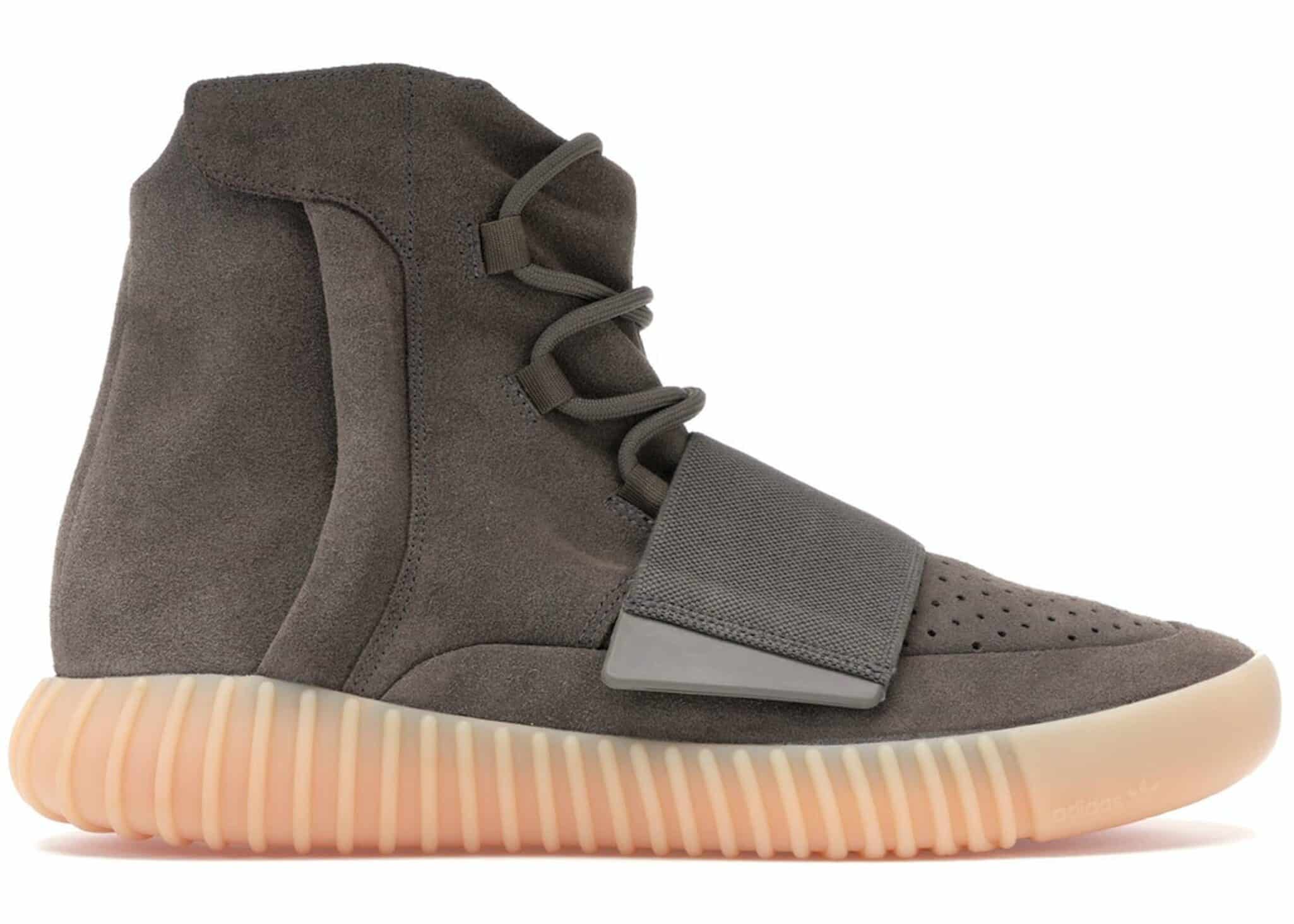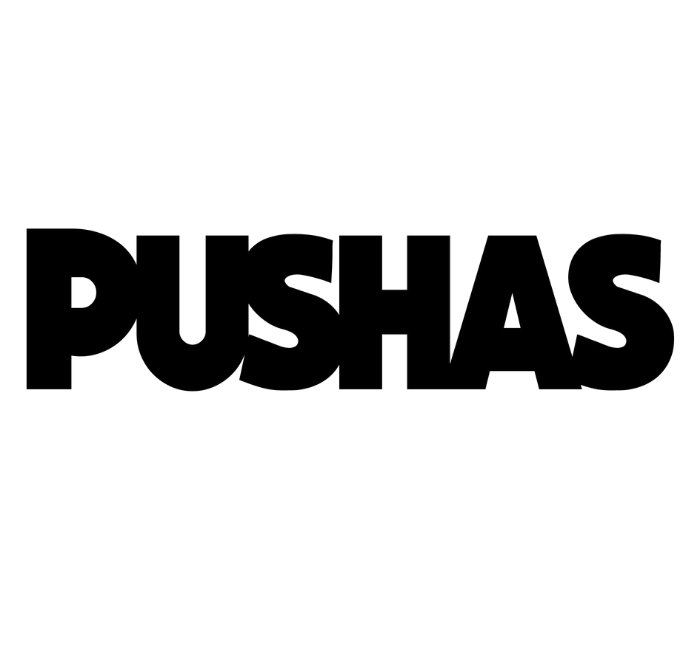Today, we have a special guest post from community member James Platt, aka The Sneaker Savant.
James has been collecting sneakers for 20 years and has authenticated and graded over 20,000 pairs of kicks. He writes about the sneaker industry on his Twitter and Substack.
In this week’s issue, James dives into the history of the fashion collaboration between Adidas and Kanye West, and the iconic collectible shoe they created together, the Yeezy.
He talks about their rise to glory, the battle against Air Jordans for sneaker supremacy, the fall from grace, and where things stand today.
Even if you’re not into sneaker culture, there’s a lot to learn here about pop culture, “cancel culture,” and the ethics of investing in this alternative asset class.
This issue also contains quotes and commentary from Justin Truong, founder and CEO of PUSHAS, the rapidly growing sneaker marketplace.
Let’s go 👇
Table of Contents
Lebron vs Jordan: The GOAT of sneakers
I’ve been known as “The Sneaker Savant” for over a decade, and consider myself an expert in the space. But I’ll never forget the last time someone called me out on my nickname.
The year was 2015. I was at Buffalo Wild Wings with a couple of friends, elbow-deep in some lemon pepper wings and a couple of pitchers of Blue Moon.
My friend from The Bronx was on my right, and another friend from Long Beach was on my left. This was their first time meeting. East coast meets west coast.
I had just launched The Sneaker Savant in 2014, so it was time for me to start discussing sneakers. Specifically, we discussed what the future held now that the industry was moving past Michael Jordan as the GOAT.
We drunkenly argued over how and who would take the throne for hours. LeBron James was one possible candidate. His sneaker line debuted in 2003 with the LeBron Air Zoom, and continued to evolve into some really cool designs.
That year, LeBron also brokered his famous lifetime deal with Nike, guaranteeing him at least $1 billion and making him Nike’s first “lifetime athlete.”
We all begrudgingly agreed LeBron would take the reins. It was only a question of when.
I declared it would happen in 5 years. My friends disagreed. “No way,” they said. 10-15 years at least. Their argument was simple: nobody, not even LeBron James, could hold a candle to MJ’s sneaker legacy. (The debate rages on today)
A sneaker savant? Psh. Hardly. Boy, did I end up taking it on the chin.
My timeline was correct. We would have a new sneaker king within 5 years.
But my prediction for who it would be was dead wrong.
A new generation of sneakerheads arrives
Fast forward to 2022. My family and I are at the airport. Our first trip since the beginning of the pandemic. Destination: Hawaii.
My pre-trip “sneaker selection process” is always a battle. I settled on my Air Jordan 1 x Lance Mountain SBs, Nike Air Rifts, and not one, but TWO pairs of my trusty Nike Waffle Racers.
As we juggle kids, luggage, and breakfast, I jump through hoops to shield my AJ1’s from any collateral damage.
But something feels different. My blood runs cold for a moment, as something heavy dawns on me.
I realize I no longer have my finger on the pulse of what’s going on with youth sneaker culture. I suddenly feel old.
I look around the airport and realize that Nike and Jordan, once ubiquitous, are noticeably less popular.
What took their place? Adidas Yeezys.

Jumping over the “Jumpman”
It’s hard to explain the impact Yeezys had when they first hit the scene.
You can love them or hate them, but one thing’s for sure: They looked like nothing else out there.
The high-top sneakers featured a full suede upper body, the infamous cross-strap, a full-length zipper and the iconic, exaggerated BOOST sole. The design was inspired by Australian UGG boots, and seemed styled for Marty McFly from Back to the Future – a comfy look with a futuristic edge. They looked equally as good when matched with jeans or joggers as with sweats or track pants.
Back at the airport, Yeezys were on practically every foot but my own. 350 v2’s, Foam Runners, Slides, even a few pairs of Wave Runners. The sight was disorienting. What was happening? When did everyone suddenly care about shoes?!

But the real surprise came next. As we traveled from airport to airport, I saw three middle-aged couples wearing Yeezys. None of them fit the typical “sneakerhead” mold. These were folks in their mid-30s to mid-40s. All of them wearing matching Yeezys.
I felt like I’d taken a huge dose of crazy pills.
I was struck by how far we had strayed from the “LeBron vs Jordan” debate back in 2015. Old-school sneakerheads like me were blindsided by this shift.
A decade earlier, nobody could have predicted this. At the time, there was a massive financial gap between Nike and Adidas, and the idea that a non-basketball star, let alone a rapper like Kanye West, would surpass Michael Jordan as the king of footwear seemed ludicrous.
But as Kanye arrogantly predicted in his diss track targeting the famous Air Jordan Jumpman logo, it appears Yeezy has indeed jumped over the Jumpman.
The rise of Yeezys
Kanye began his footwear journey with some small collaborations in 2003.
In 2007 he partnered with Bathing Ape to commemorate the release of his album The College Dropout.

The first Yeezy actually came through a partnership with Nike, not Adidas. This 2009 collab led to two game-changing models: the Nike Yeezy 1 and the Nike Yeezy 2.

But Kanye didn’t stick with Nike. His issue was that they weren’t paying him royalties on each sale.
The new movie Air tells the story of Michael Jordan’s big shoe deal with Nike in the 1980s. In one of the film’s most important scenes, Jordan’s mom is speaking with a Nike executive. she insists that Michael receive a cut of every shoe sold — a concept totally unheard of at the time.
Nike made the deal, and the rest is history.
After voicing dissatisfaction with Nike, Kanye (who legally changed his name to “Ye“) jumped ship, drawn to Adidas by Jon Wexler. “Wex” promised more creative control and better royalties. And boy, did he deliver.
Since the debut of Yeezy 750, Adidas has rolled out around 20 different Yeezy models, and 300+ color variations. Adidas finally surpassed the Jordan brand. Things were going extremely well, and everyone was happy.
But in 2022, the wheels began to fall off.
Kanye’s downfall
At the best of times, Ye says some stupid stuff.
Ever the outspoken artist, many recall how he infamously interrupted Taylor Swift’s speech at the 2009 VMAs.
But at the worst of times, he’s said stuff that is flat-out racist. All of this came to a head in an interview between Ye and political commentator Alex Jones, where he went on a tirade praising Hitler.
It didn’t end there. In a now-deleted tweet, Kanye claimed he was going “death con 3 on Jewish people.” He also posted an image of a swastika. This was too much even for free speech “absolutist” Elon Musk, who was forced to take action and ban Ye from the site.
This all put Adidas in a very tough position.
After a few weeks, the company realized their relationship with Ye was untenable, and terminated their partnership with Ye in October 2022.
But the sneaker giant faced a problem. Even though they wouldn’t be making any new Yeezys, they were suddenly stuck with $1.3b in Yeezy inventory.
So in February 2023, Adidas and Ye negotiated a deal allowing Adidas to sell their remaining $500 million worth of Yeezys. 15% of profits would go to Ye, and an undisclosed amount would go to charities affected by his rants.
Are Yeezys a good investment today?
I’ve struggled a bit with the idea of turning a profit from Yeezys. Sure, I’ve bought and sold a few pairs, but they’ve never been my primary focus.
Pre-Yeezys, if you managed to snag a sought-after pair of Jordans or Dunks, you could usually flip them for double the retail price, albeit with some risk. There were no marketplaces to track prices. Sales were confined to eBay, Craigslist, or forums like Niketalk and Solecollector.
Whenever a new hot shoe was released, I had to ask myself, “If these don’t resell for more than retail, would I actually wear them?”
That’s where Yeezys fell short for me — they just weren’t my style. And that’s okay! But it meant their typical retail price of $250 – $350 felt steep.
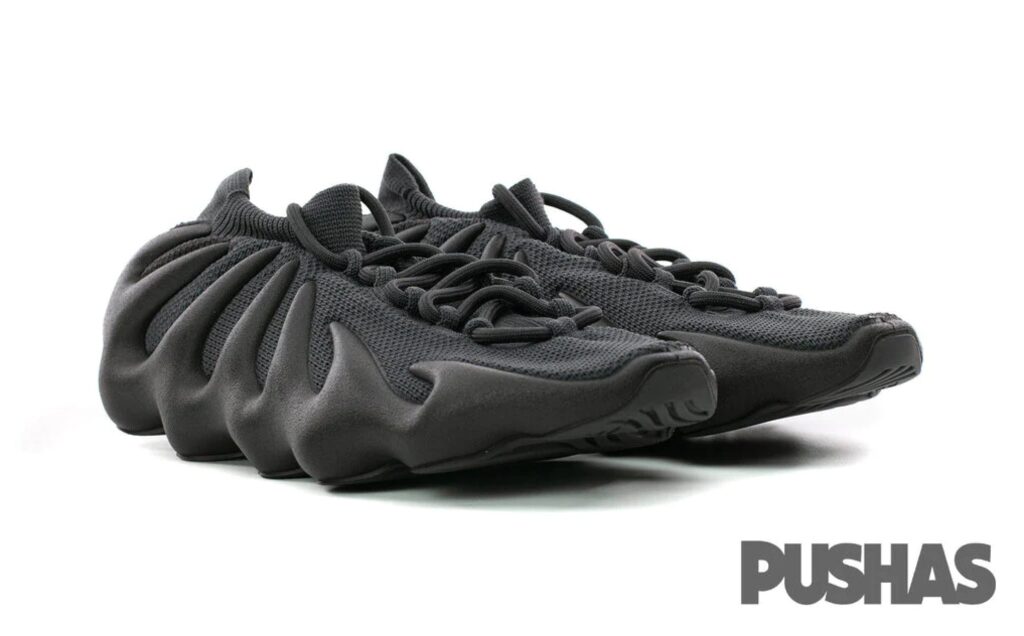
I only questioned my decision to pass on them in 2014, when I saw an eBay seller called New York & Company listing Red Octobers for a staggering $15,000/pair. The idea of paying $15k for anything besides a car was pure insanity to me.
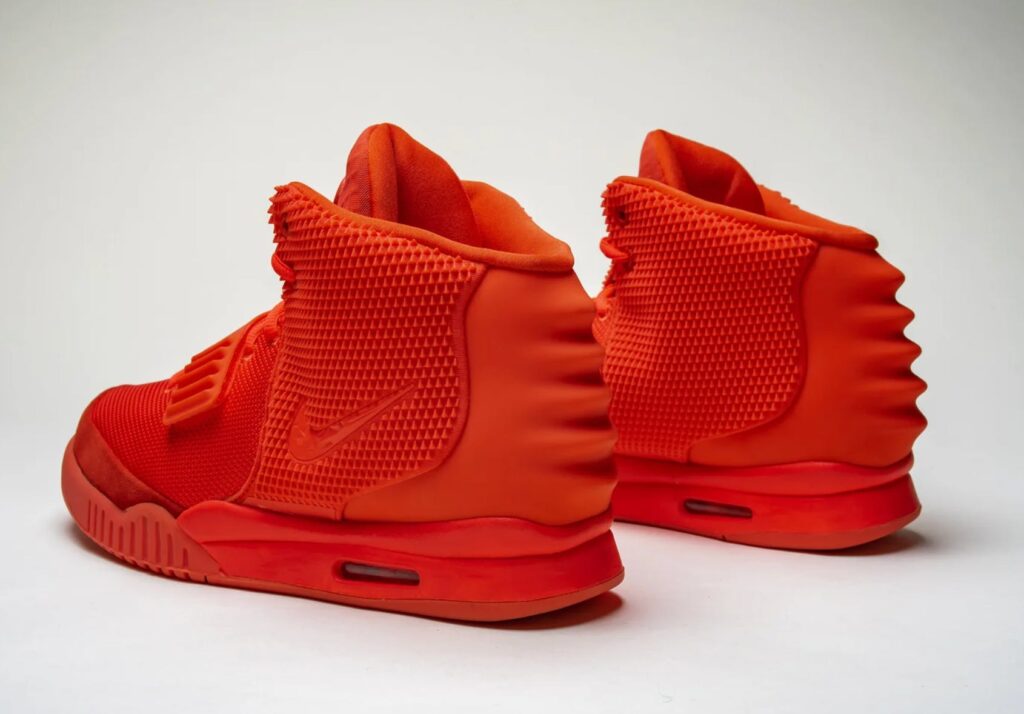
Non-Adidas Yeezys and some of those earlier collaborations have seen significant appreciation in value. In 2021, a performance-worn Nike Yeezy 1 prototype was sold to a startup for $1.8m. (Just a few days ago, Michael Jordan’s ”flu game” shoes sold for $1.38m)
Adidas, on the other hand, seems rather indifferent to the Yeezy resale market. They often re-release popular models, deflating the value of once-iconic pairs.
The Yeezy Boost 350 V2 Zebra is a perfect example. Immediately after release, it was selling for ~10x the retail price. But after multiple re-releases, its current price hovers around $470, about ~2x the original retail price.
The ethical dilemma of Yeezys
There are a lot of questions about Yeezys’ place in the sneaker world. I field quite a few on my Instagram.
Amid these questions, it’s noteworthy to mention that Goodwill — yes, that Goodwill — has directed its employees to discard Yeezys instead of donating them. Many others are wrestling with this complex ethical dilemma.
I tell people who ask me: Do whatever you feel is right.
Why single out Yeezys as morally dubious when, in reality, moral ambiguities exist in nearly every consumer product on the planet? From iPhones that rely on mined cobalt, to cars and oil, to clothes, to our food supply. If you look critically, all of these come with their own ethical baggage.
It’s important to remember that 25 billion pairs of shoes are produced each year — three pairs for every person on the planet — and they are exceptionally carbon-intensive. A staggering 1.4% of the world’s greenhouse gas emissions come from sneaker production (!) To put that in perspective, the air travel industry, infamous for its heavy environmental impact, contributes 2.5%.
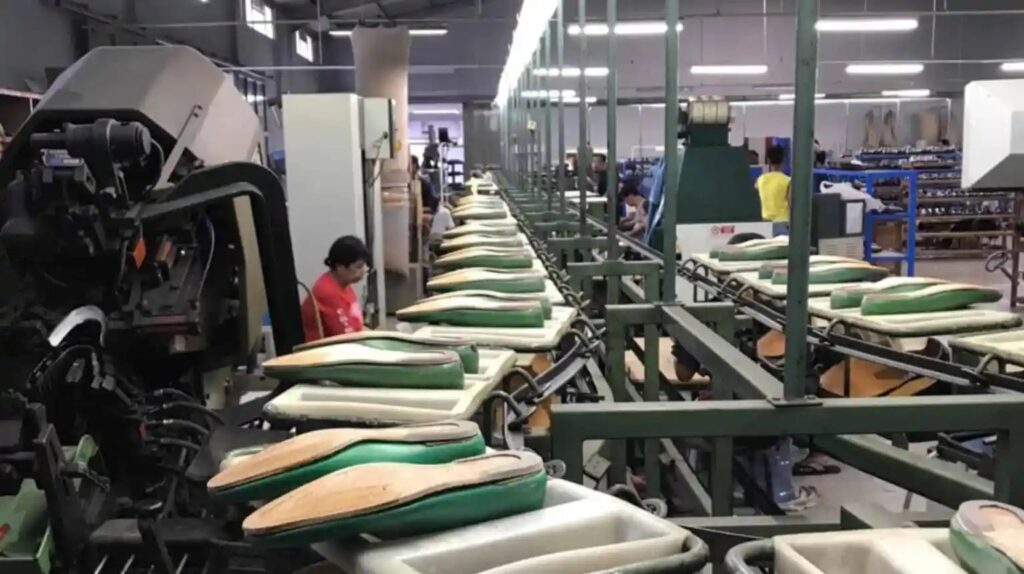
My point isn’t that sneakers are bad. My point is that the Yeezy issue brings up important questions about what sneakers should represent for us sneakerheads:
- Are they functional products to protect your feet?
- Are they financial investments?
- Are they a method of self-expression?
- Are they a tangible tribute to music you love?
- Are they meant to show your alignment with a brand?
In one sense, wearing a pair of shoes could mean you support Ye’s anti-semitic views. In another sense, if Adidas decided to destroy 6 million pairs of Yeezys still in stock, it would have created a bigger environmental impact than the Atari Video Game Burial of 1983.
There are no easy answers here. But it’s wise to understand that our consumer decisions have societal, environmental and personal implications.
What does the future hold for Yeezys?
Justin Truong is the founder and CEO of PUSHAS, a popular and rapidly-growing sneaker marketplace.
Since Justin is on the front lines of the sneaker resale market, we asked him for his opinion on Yeezys and the sneaker market at large.
What changes have you seen in supply and demand for Yeezys since the termination?
Supply has definitely reduced over the past 6 months. For the first 3-4 months after it happened, despite the reduced supply, Yeezy prices were stagnant. But demand has slowly crept up over the past 2 months or so. With that said, Adidas has released new Yeezy stock into the market earlier this month, and they haven’t done too well on the secondary market yet.
How have prices been affected?
In the first few months after the announcement, prices rose very slowly. My guess is that even though we had a low supply, this was all happening in conjunction with the weak macro environment. So they kind of balanced themselves out. In a better environment, prices would likely have shot up far more. I anticipate that prices will slowly rise on these sneakers over the next 3-6 months.
How is the sneaker resale market doing in general?
There’s good and bad news. First, the good news: Sales volume is still incredibly great and growing. We’ve still seen substantial business growth despite a terrible macro environment over the last 12 to 18 months. The bad news is that while volume is up, prices aren’t appreciating as quickly. Brands like Nike are artificially pulling back supply, so there haven’t been many interesting releases lately. Hopefully we’ll see more interesting things in the 2nd half of the year. In the meantime, buyers are moving towards lower-priced entry sneakers. Jordan 1 lows, Dunks, Sambas.
Any other thoughts on the sneaker market?
I’m actually surprised at how defensive an asset class sneakers can be. Our PUSHAS Sneaker Fund didn’t have a pullback at all — just lower growth. To be candid, I anticipated us to perform worse, as people had less discretionary income. But it surprised us on the upside. Sneakers don’t have big swings in price movements vs other alternative assets. My guess is because supply continues to decrease after each drop, and brands are always tweaking release quantities, so there’s always limited supply in the market — even for more “general release” type stock.
Closing thoughts
Nobody anticipated the impact Kanye West would have upon the sneaker industry.
Sure, he’s one of the world’s most famous rappers. And his fandom probably extends as far as Michael Jordan’s, if not further.
But when Adidas surpassed the Jordan brand in 2017, it was thanks almost entirely to Yeezys.
The full ramifications of the Kanye/Adidas breakup are yet to be determined. In the meantime, Yeezy owners are presented with a bit of an ethical dilemma. Do they try and make a buck flipping their soon-to-be discontinued shoes? Do they wear them with pride? Do they donate them?
The sneaker market as a whole is holding up well in otherwise uncertain economic times, and Yeezy prices have slowly appreciated as supply has dwindled.
I think the poor macro environment, along with the moral questions above, will prevent Yeezys from shooting upwards. At least in the short term.
But people have short memories, and if social media has taught us anything, it’s that our short-term impulses don’t always make for the smartest decisions.
The whole Yeezy debacle is no exception. Don’t be surprised if these climb up once again. 👟
Further reading
- Adidas confirms it will continue to use Yeezy designs even after parting ways
- After much uncertainty over how (or if) it would sell, Adidas sold out of its first Yeezy merch drop in just two days.
- Massive Bloomberg report on sneakers as an asset class
- Listen to our podcast with Justin Truong
- Unbreakable Kicks is a YouTuber with a collection worth $350,000
- Jordan Michael Geller is arguably the world’s biggest sneakerhead. In 2010, Geller opened theShoezeum in Las Vegas.
- Always Legit provides sneaker research, product sourcing, authentication, storage, insurance, and asset ownership on-chain.
- Rares is a marketplace for investing in ultra-rare, vintage, and collectible sneakers starting at $10/share.
Disclosures
- We do not yet have any sneaker investments in our ALTS 1 Fund. We will likely be adding some.
- Stefan is long $NKE. Otherwise, we have no investments in any companies or entities mentioned in this issue.
- This issue contains affiliate links to StockX.




